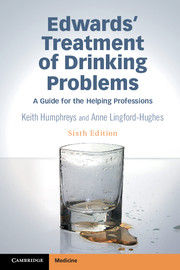Book contents
Part I - Background to understanding
Published online by Cambridge University Press: 05 April 2016
- Type
- Chapter
- Information
- Edwards' Treatment of Drinking ProblemsA Guide for the Helping Professions, pp. 5 - 130Publisher: Cambridge University PressPrint publication year: 2016

